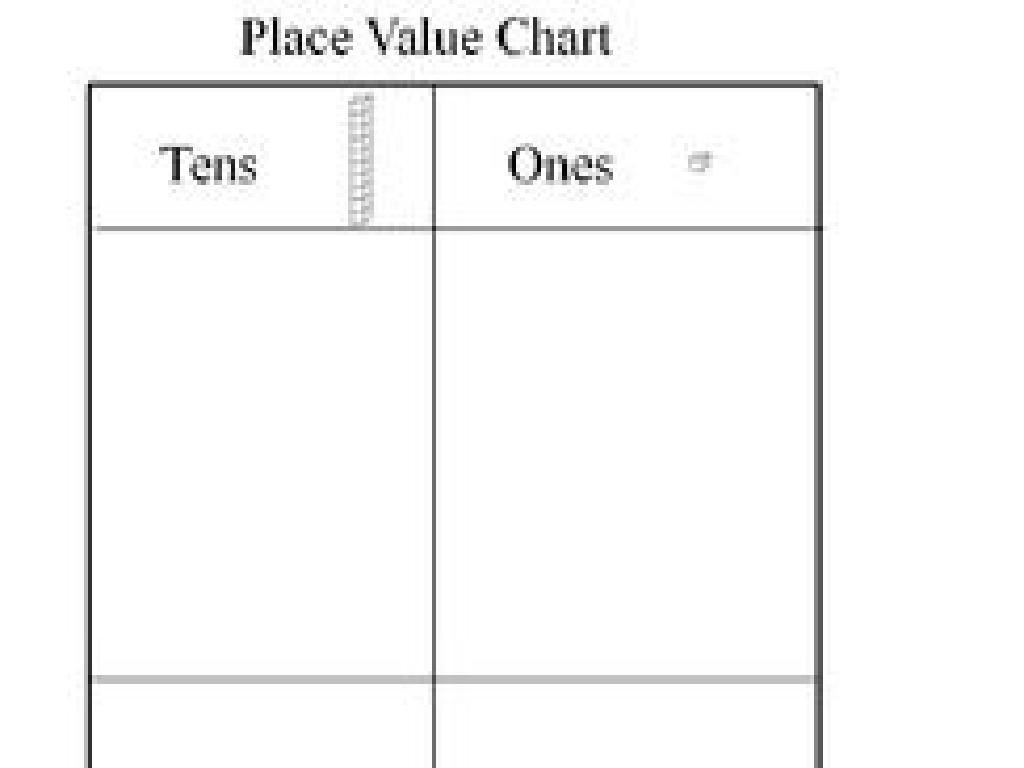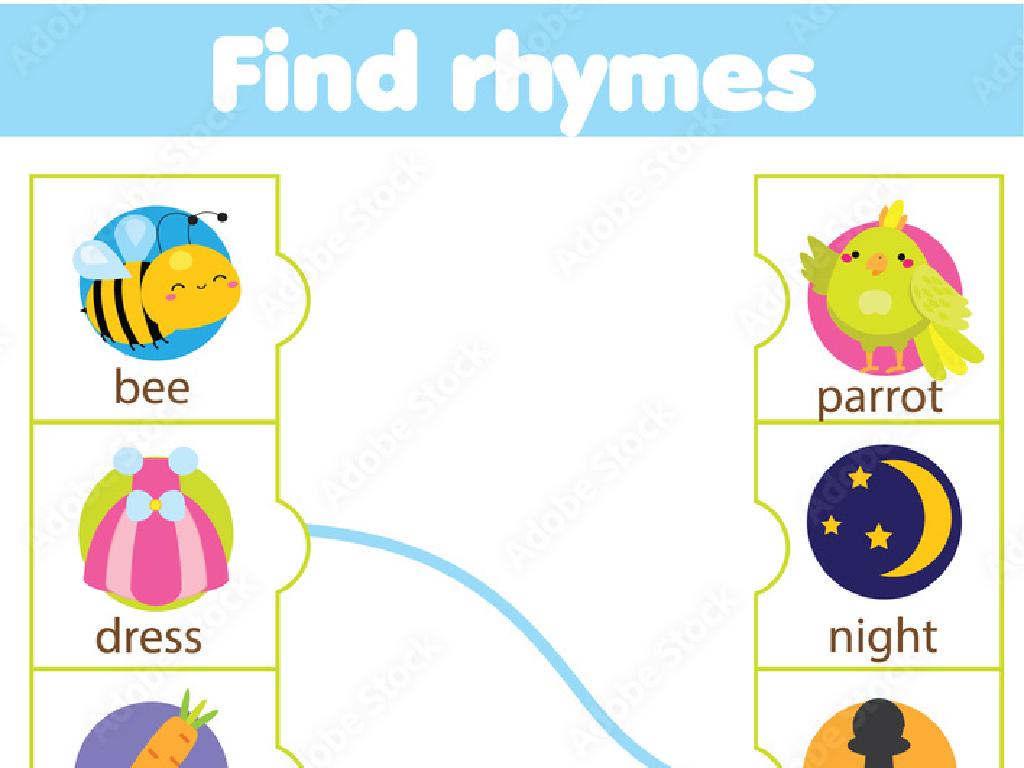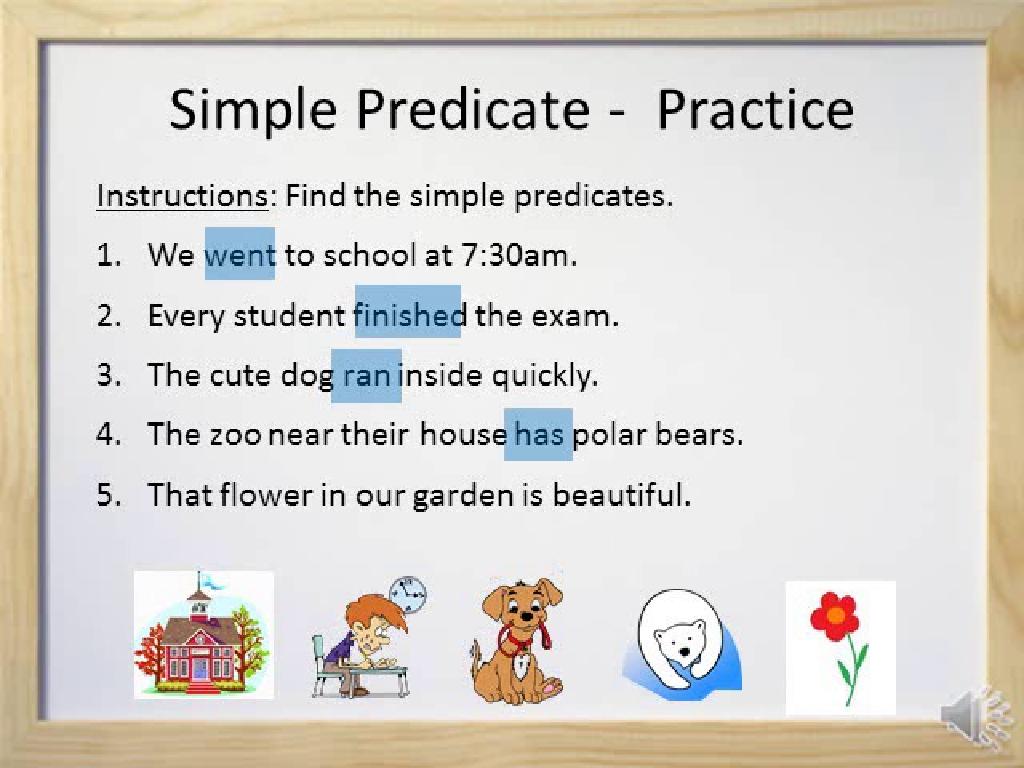Changes In Mean, Median, Mode, And Range
Subject: Math
Grade: Sixth grade
Topic: Statistics
Please LOG IN to download the presentation. Access is available to registered users only.
View More Content
Welcome to Statistics: Understanding Data
– Explore Mean, Median, Mode, Range
– Mean is the average, Median is the middle value, Mode is the most frequent, Range is the difference between highest and lowest
– Real-life importance of these concepts
– Used in daily decisions, sports, science, and more to analyze data
– Overview of today’s statistics lesson
– Engaging activities planned
– We’ll use examples and games to learn how these measures describe data
|
Today’s lesson will introduce students to the foundational concepts of statistics: mean, median, mode, and range. These are critical tools for understanding and interpreting data in various aspects of life, from personal decisions to professional fields like sports analytics or scientific research. The lesson will provide a brief overview of each concept, followed by real-world examples to illustrate their importance. Activities will include hands-on examples and interactive games to reinforce the concepts. The goal is to ensure students can not only calculate these measures but also appreciate their practical applications.
Understanding Mean in Statistics
– Mean: The average of numbers
– Add all numbers together, then divide by how many numbers there are
– Calculate mean: Total sum ÷ number count
– If you have 5, 3, 10, sum is 18, there are 3 numbers, mean is 18 ÷ 3 = 6
– Example: Find the mean of a set
– Practice with different sets to master finding the mean
|
The mean is a fundamental concept in statistics, representing the central value of a data set. To calculate the mean, students should add all the numbers in the set together and then divide by the total count of numbers. Provide an example set of numbers for the students to work through as a class. For instance, with the numbers 5, 3, and 10, the sum is 18, and there are 3 numbers, so the mean is 18 divided by 3, which equals 6. Encourage students to practice with various sets of numbers as homework to reinforce the concept. Remember to explain that the mean can be affected by extremely high or low values, which is why we also look at median and mode.
Understanding Median in Statistics
– Median: The middle value
– When numbers are in order, median is the center number
– Steps to find the median
– 1. Arrange numbers 2. Find middle value
– Example with odd number set
– Odd set: 3, 5, 7 (Median is 5)
– Example with even number set
– Even set: 2, 4, 6, 8 (Median is between 4 and 6)
|
The median is a measure of central tendency that represents the middle value of a dataset. When teaching the median, it’s crucial to emphasize the need to arrange numbers in numerical order first. For an odd number of values, the median is the single middle number. For an even number of values, it is the average of the two middle numbers. Provide students with examples of both scenarios to practice. Encourage them to work out the median with different sets of numbers as homework to reinforce the concept.
Understanding Mode in Statistics
– Define mode in a dataset
– Mode: The most repeated number in a set
– Possible modes in a set
– A set can have one mode, multiple modes, or none
– Identifying mode with an example
– For the set 2, 3, 3, 5, 7, the mode is 3
– Mode’s role in data analysis
|
The mode is a measure of central tendency that represents the most frequently occurring number in a dataset. It’s important to explain to students that while a set can have one mode, it can also have more than one (bimodal or multimodal) or no mode at all when no number repeats. Use an example, such as the set 2, 3, 3, 5, 7, to show how to identify the mode. Discuss how the mode can provide insights into the most common or popular items in a dataset, such as the most common shoe size sold in a store. Encourage students to practice with different sets to become comfortable with finding the mode.
Understanding Range in Statistics
– Definition of Range
– Range is the spread between the highest and lowest values in a set
– Calculating Range
– To find range: subtract the smallest value from the largest
– Example: Find the range
– For the set 4, 7, 13, 16, the range is 16 – 4 = 12
– Significance of Range
|
The range is a basic statistical measure that indicates how spread out the values in a data set are. It’s important for students to understand that the range can give us a quick sense of the variability in a set of numbers. When calculating the range, always subtract the smallest number from the largest to see how wide the span of numbers is. Use the example provided to show students a practical application of finding the range. Discuss why the range is significant and how it can be affected by outliers in a data set. Encourage students to practice with different sets of numbers to become comfortable with this concept.
Impact on Mean, Median, Mode, and Range
– Effects of adding/removing on mean
– Adding a number increases the mean, removing decreases it
– Changes in numbers affect median/mode
– Median/mode may shift with different numbers
– Range sensitivity to extreme values
– Range increases with higher max or lower min values
– Class activity: Exploring changes
|
This slide aims to help students understand how statistical measures change with the addition or removal of data points. When a number is added to a data set, the mean (average) can increase or decrease depending on the value of the number added. Similarly, removing a number can have the opposite effect. The median (middle value) and mode (most frequent value) can also change when the numbers in a data set are altered. The range (difference between the highest and lowest values) is particularly sensitive to extreme values being added or removed. For the class activity, students will work with data sets to observe these changes firsthand. Possible activities include adding or removing numbers to see the effect on mean, finding new medians and modes with altered data sets, and identifying how the range changes when extreme values are introduced or taken away.
Real-life Applications of Statistics
– Daily use of mean, median, mode, range
– Sports stats: player averages
– Calculate a basketball player’s average points per game
– Classroom: comparing test scores
– Find the median score to understand class performance
– Weather: analyzing temperature data
– Determine the mode of daily high temps for the month
|
This slide aims to show students how the statistical concepts of mean, median, mode, and range are relevant in everyday life. For instance, sports analysts use these to summarize players’ performances. In the classroom, teachers use them to interpret test results, such as finding the median to see the central tendency of scores. Weather forecasters analyze temperature data using mode to find the most frequent temperature. Encourage students to think of other areas where these concepts might apply, such as in their hobbies or family activities, to make the learning experience more relatable and engaging.
Class Activity: Measuring Our Heights
– Measure each student’s height
– Calculate class height statistics
– Find the mean, median, mode, and range
– Predict changes with a new student
– How would a taller/shorter student affect the results?
– Discuss the impact on measures
|
This interactive class activity involves measuring each student’s height to gather real data. Students will then use this data to calculate the mean, median, mode, and range, helping them understand these statistical concepts in a practical context. Afterward, engage the class in a discussion on how the addition of a new student might change these measures. For example, if a very tall or very short student joins, how would that affect the average (mean), the middle value (median), the most common height (mode), and the difference between the tallest and shortest (range)? This activity not only reinforces the concepts but also encourages critical thinking about statistics in everyday life.
Conclusion: Understanding Data Measures
– Recap: Mean, Median, Mode, Range
– Homework: Data Collection & Calculation
– Find a data set, like family ages, and compute the mean, median, mode, and range.
– Apply measures to real-life data
– Use the data to practice calculating these statistical measures.
– Share findings in next class
– Be prepared to discuss how you found your results.
|
This slide wraps up the lesson on statistical measures by summarizing the key concepts of mean, median, mode, and range. For homework, students are tasked with finding a real-life data set, such as the ages of family members, and applying their knowledge to calculate these measures. This exercise will help solidify their understanding by relating it to their personal experiences. In the next class, students will have the opportunity to share their findings and discuss any challenges they faced or interesting observations they made during the activity. This will also serve as a formative assessment for the teacher to gauge students’ grasp of the material.






